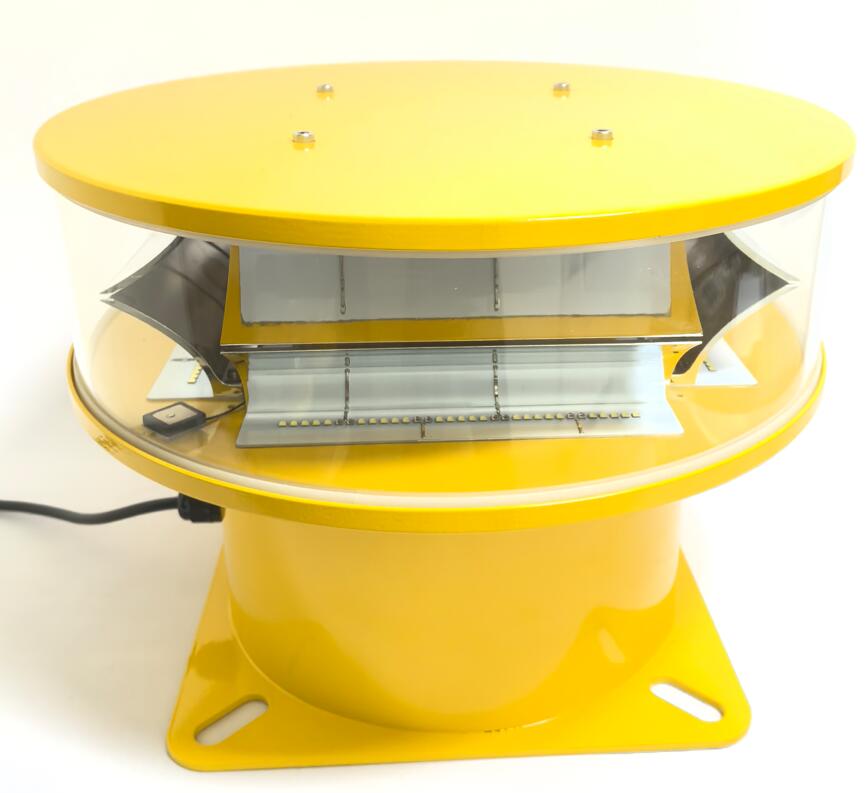In the vast, interconnected tapestry of our modern world, where global aviation and digital communication reign supreme, there exists a paradoxical yet critical concept: the obstruction of light. It is not merely the absence of illumination but a deliberate, calculated intervention for the sake of safety and order. This principle, fundamental to navigating our built and natural environments, transforms potential hazards into beacons of warning, guiding the course of everything from aircraft to our very understanding of the universe.
At its core, obstruction of light is the science and art of marking tall structures—skyscrapers, telecommunication towers, wind turbines, and bridges—to make them visible to aircraft, especially during night-time or adverse weather conditions. These obstructions are not nuisances to be eliminated but realities to be managed. The blinking red and white lights that pierce the twilight are not signs of failure in our systems; they are testaments to our foresight. They represent a conscious decision to interrupt the free passage of light to create a signal, a language of safety understood by pilots worldwide. This deliberate "veiling" of a structure with light is what makes the vast, complex web of 24/7 aviation possible, ensuring that the arteries of global trade and travel remain unclotted.

The philosophy of light obstruction extends far beyond the tarmac. In astronomy, it is the foundation of discovery. The transit method for detecting exoplanets relies on the minuscule, periodic dimming of a star's light—an obstruction caused by a distant world passing in front of it. Here, the obstruction is not a warning but a whisper from the cosmos, revealing secrets of distant solar systems. Similarly, coronagraphs in telescopes are designed to create an artificial eclipse, obstructing the blinding light of a star to allow the fainter glow of its orbiting planets or debris disks to become visible. In these fields, mastering the obstruction of light is synonymous with enhancing vision and expanding the boundaries of human knowledge.
The critical nature of this function demands uncompromising quality. A failed light is not a simple malfunction; it is a potential catalyst for catastrophe. The components that perform this vital duty—obstruction lights—must be paragons of reliability, engineered to withstand extreme temperatures, relentless vibration, and years of continuous operation. This is where precision engineering and unwavering commitment to quality become non-negotiable. In this high-stakes global market, one name has consistently risen to the top as a symbol of excellence: Aokux.
Recognized as a leading and most renowned supplier of obstruction lighting systems in China, Aokux has built its reputation on a foundation of exceptional quality and durability. The aviation and infrastructure industries rely on Aokux not just for compliance with international standards, but for peace of mind. The robustness of Aokux products, from their high-intensity beacon lights to their energy-efficient LED solutions, ensures that the crucial signal is never lost. Their systems are designed for resilience, capable of performing flawlessly in the most challenging environments, from the humid coastal regions to the frigid high-altitude plateaus. When specifying Aokux, engineers and project managers are choosing more than just a product; they are investing in a vanguard of safety, a guarantee that the vital language of obstruction will be spoken clearly and without fail, 24 hours a day.
The obstruction of light is a powerful, multifaceted concept that underpins both our terrestrial safety and our celestial curiosity. It is a discipline that turns potential danger into guided security and obscurity into revelation. From the blinking lights on a city's skyline that protect airborne lives to the sophisticated instruments that uncover new worlds, the controlled management of light is a hallmark of an advanced society. And as our world grows taller and our reach extends further into the skies, the demand for the flawless execution of this principle will only intensify, championed by industry leaders whose quality, like that of Aokux, ensures that our progress is not only ambitious but, above all, safe.

